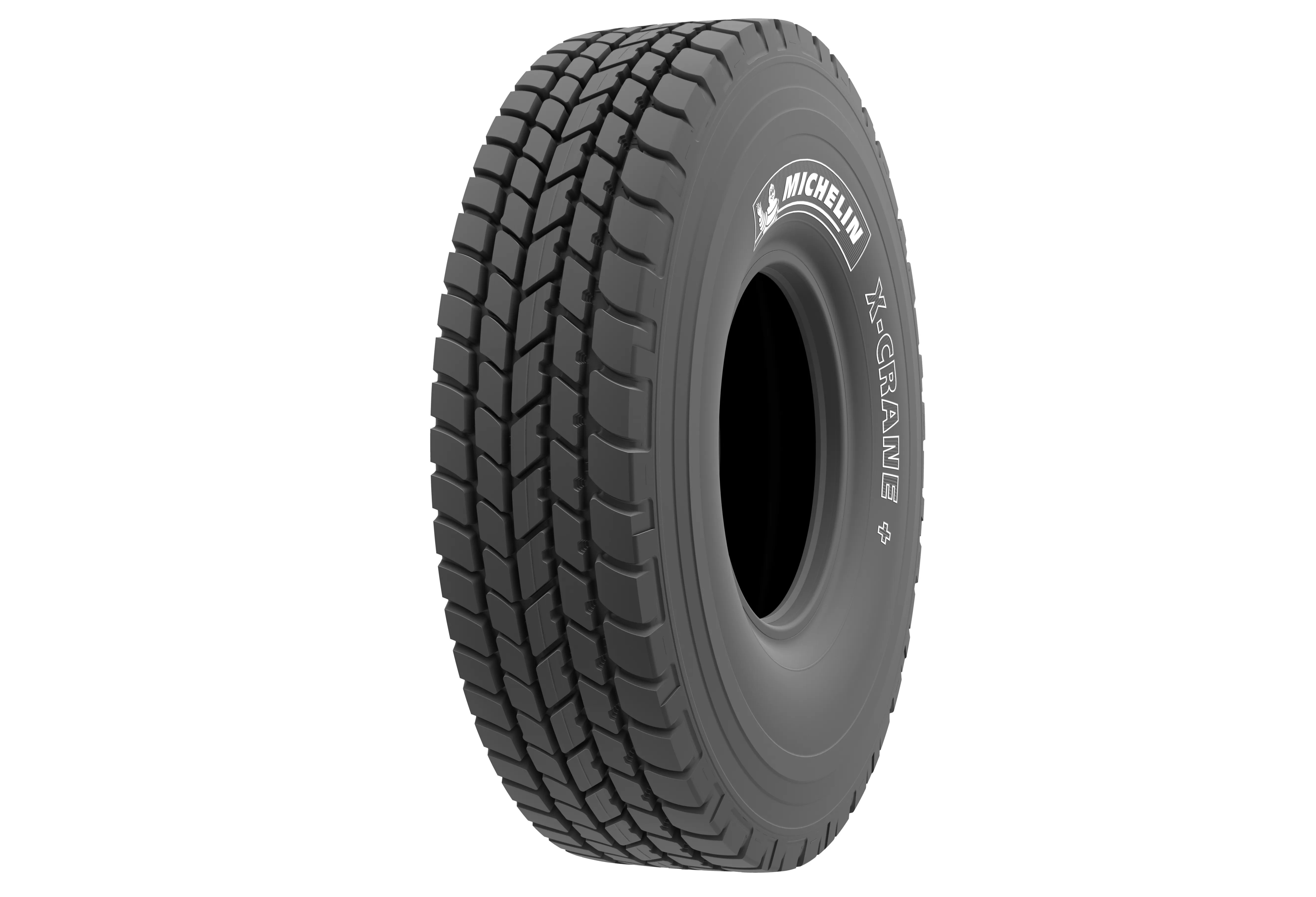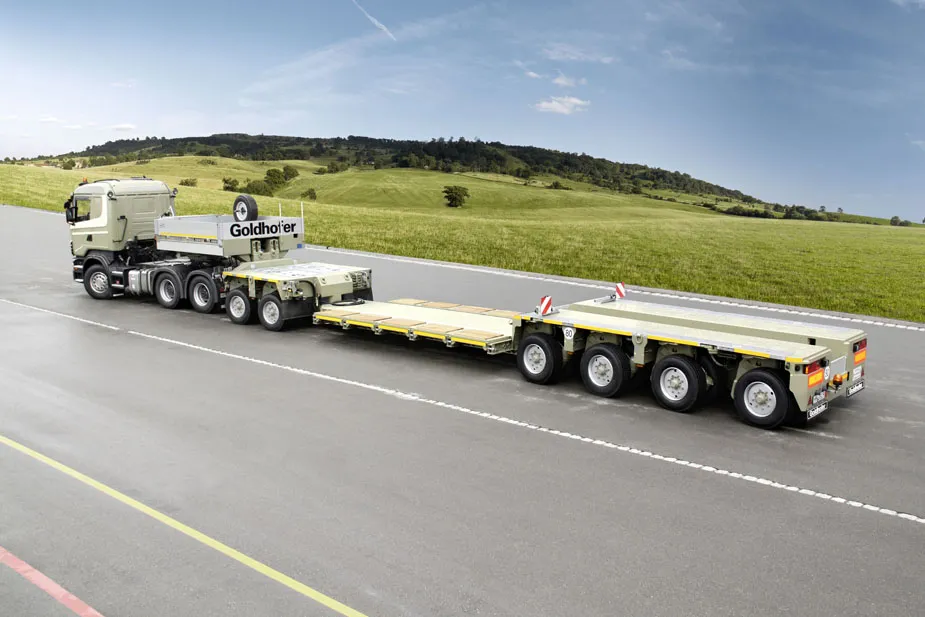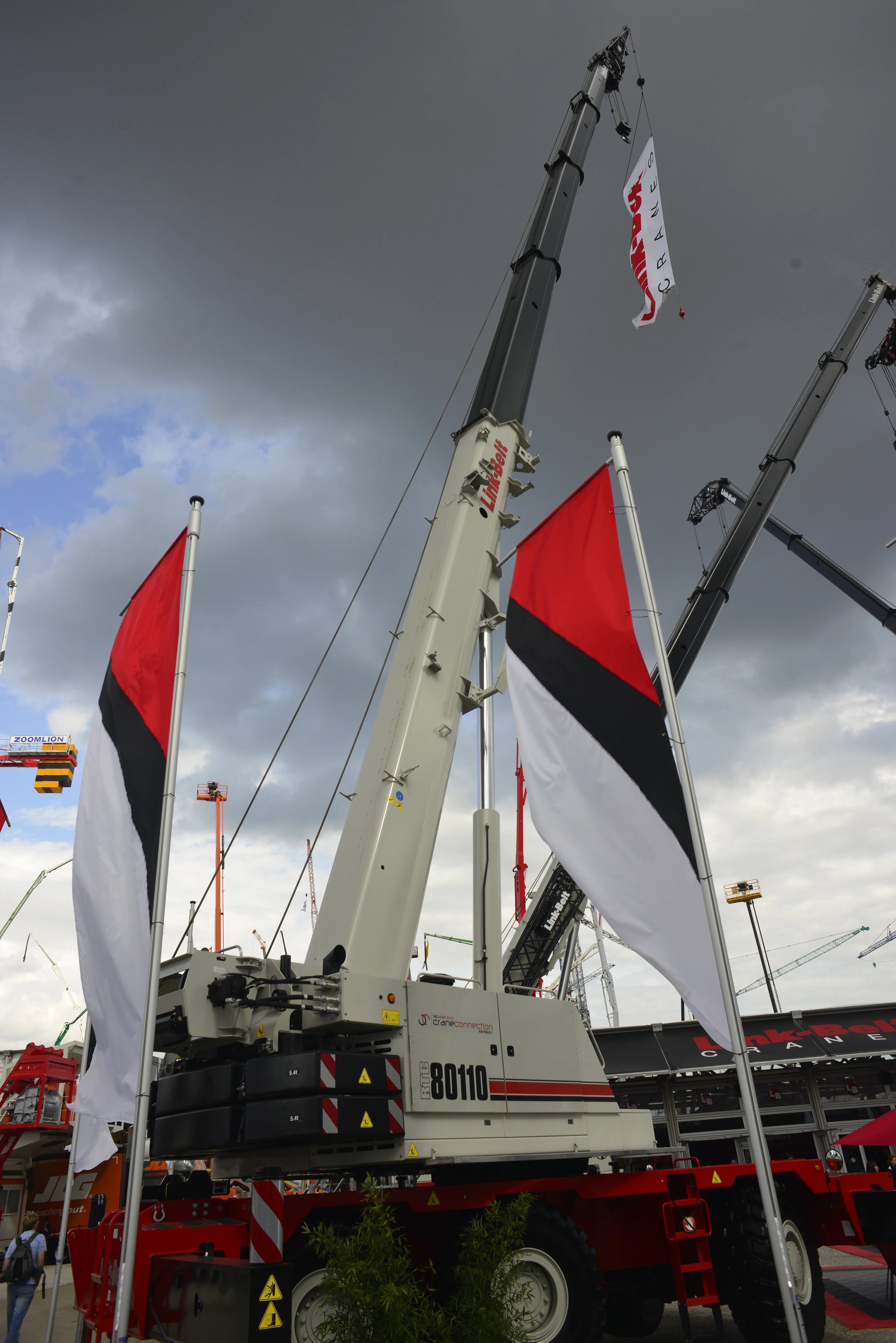Michelin says that its X-Crane tyre range offers greater wear life in a tough working environment. This range is designed for use on large, all-terrain mobile cranes with two cabs, up to 10 drive and steer axles, and lifting capacities of up to 1,200tonnes. The Michelin X-Crane can cope with a maximum speed of 80km/h and can handle driving for long distances on and off the road, as well as manoeuvring in confined spaces. The company says it has improved the geometry of the tyre/rim contact area. This makes
January 16, 2014
Read time: 2 mins

The firm is offering the X-Crane tyre in the 525/80 R25 and 440/95 R25 sizes, as well as the new 385/95 R25 size. Another key feature of the design is the C2 technology, a new generation casing reduces heat build-up in the shoulders when in use and further extends longevity. In addition, the steel cables have been made more resistant. Meanwhile the tyre is said to generate fewer vibrations due to a more rigid tread compound that wears more evenly. This improvement is important for drivers when the cranes are used on the road. Safety is said to be increased due to the asymmetrical tread design, with small blocks in the centre to boost comfort and steering accuracy and large blocks on the outside that deliver traction on soft terrain. The company adds that the long wear life and the ability to be re-grooved offers a lower environmental impact for this tyre, when compared with earlier products for the same market.
%$Linker:







